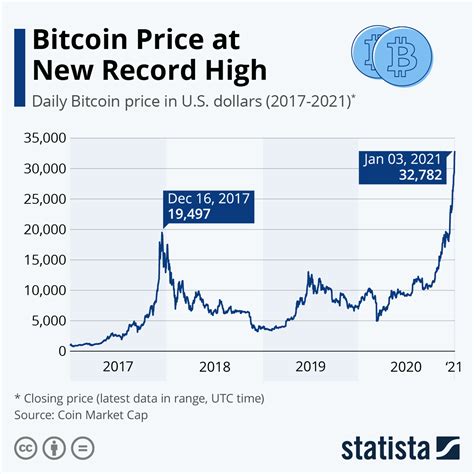Development of cryptocurrency: from currency to managing digital devices

Over the past decade, the cryptocurrency has suffered a remarkable transformation of its humble beginnings as a digital currency belonging to the entire digital asset management system. Bitcoin and other cryptocurrencies have developed significantly throughout their travel from the pioneering and regulated financial instrument, from the pioneering and regulated financial instrument.
Birth of Bitcoin
In 2009, the individual or anonymous group of persons using the Nakamoto pseudonym Satoshi made bitcoin as electronic cash. This innovative approach to the digital currency has questioned traditional trust coins by providing decentralized, safe and transparent changes. The first block of the Bitcoin blockchain was extracted under the name Genesis Block on January 3, 2009.
The early years (2010-2014)
As more and more developers began to contribute to Bitcoin software, project infrastructure has been expanded and new features have been introduced. It was a remarkable development to create a decentralized exchange (DEX) called Bitfinex in 2011, which allowed users to exchange cryptocurrencies in an open network.
In the early years, other prominent cryptocurrencies such as Litecoin (LTC), ETHEREUM (ETH) and Monero (XMR) are also visible. These alternative projects have contributed to the growth of the cryptocurrency ecosystem by providing new cases, payment systems and decentralized applications (DAPPS).
Regulatory check
As the value of bitcoin and other cryptocurrencies began to grow, regulatory bodies from all over the world have been recognized. In June 2013, the Chinese government banned trade from most foreign currencies, including trade issued by central banks to stop speculation.
In response, governments have made stricter rules on cryptocurrency transactions from all over the world, including the requirement for the exchange to be registered with the authorities and adhere to the guidelines for money laundering (AML). This movement was a significant change in the most released approach to Bitcoin in the early days of Bitcoin.
The appearance of decentralized finances (Defi)
In 2016, Defi became a different category in cryptocurrency space and focused on loan, loan and commercial platforms using smart contracts and decentralized applications. The first Defi protocol, Dai de Makerdao, started in 2017.
The case of Makerdao has allowed users to make funds on the DAO network (decentralized autonomous organization), which then assigned them to several projects via a token -based system. This pioneering experiment has shown that blockchain -technology potential can facilitate the management of loans and risks on a decentralized scale.
Current state of cryptocurrency
Nowadays, Bitcoin and other cryptocurrencies are increasingly the main current, many institutional investors and financial institutions that apply use cases. The emergence of new asset classes, such as Stabrecoins, has further expanded possible applications of the cryptocurrency market.
New blockchain networks are developed, such as Polkad (DOT) and Solana (Sun) to improve scalability, safety and usability in several cases. In addition, the growth of Defi platforms, including UNISWAP (UNI) and AAVE (AAVE), facilitated people to participate in decentralized financial markets.
Digital asset management: the next limit
As the cryptocurrency develops further, its possible applications exceed mere speculation or investment goals. Digital Asset Management (DAM) becomes another category that takes advantage of cryptocurrency strengths to provide transparent, secure and effective financial services.

